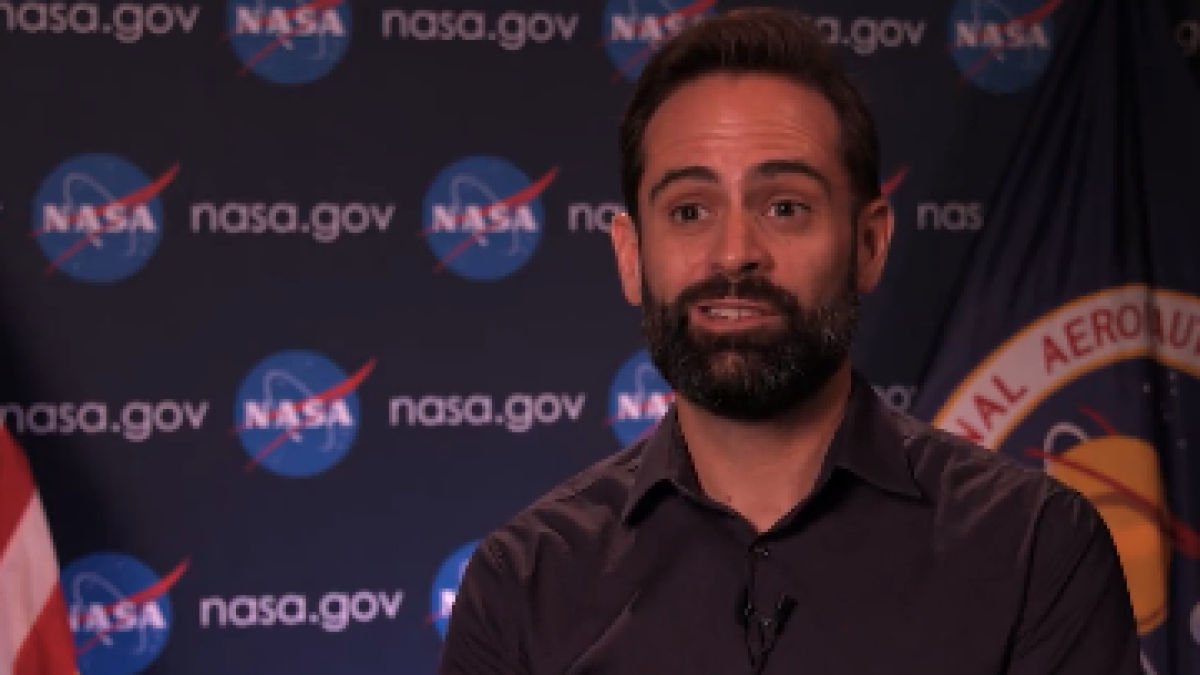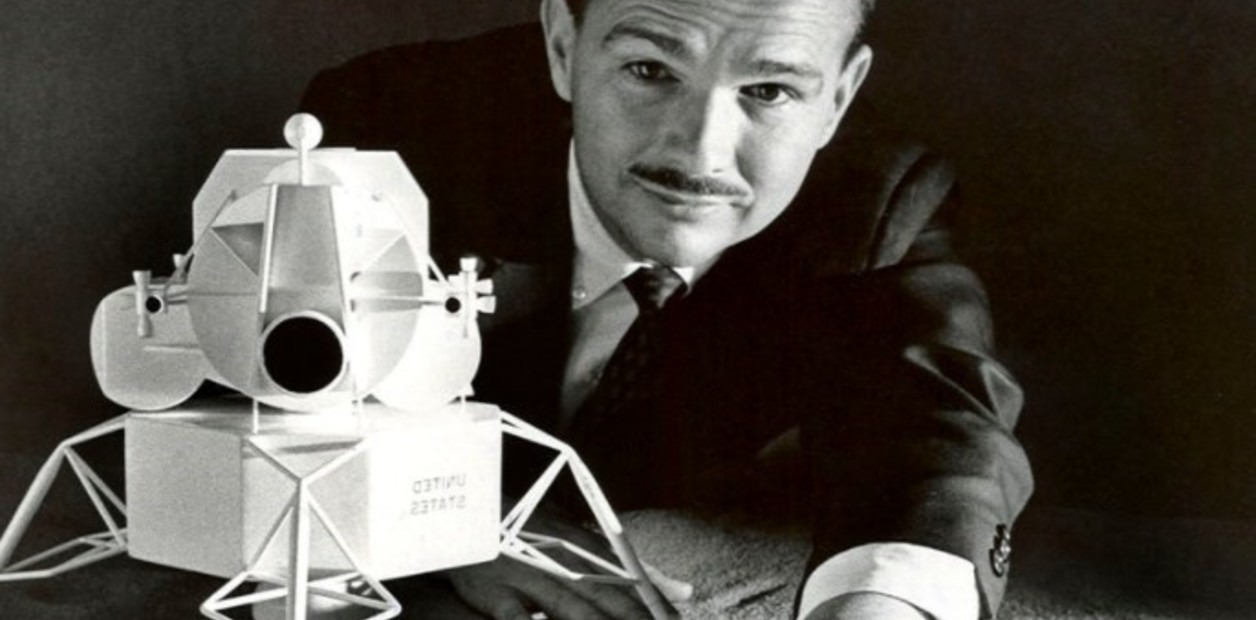Argentine Lucas Paganini, a NASA planetary scientist, is set to receive a capsule with a precious cargo in the Utah desert (USA) this Sunday: a handful of rocks and dust from the asteroid Bennu that provide unique information about its formation. Solar system about 4.5 billion years ago.
A sample of the 250-gram asteroid Bennu may shed light on questions that have haunted humanity for centuries: What is the origin of life? How did the solar system form? What secrets do asteroids hide?
“Meteorites,” says EFE, “are very important because they are the debris that existed when the planets formed 4.5 billion years ago. They are like time capsules, equivalent to dinosaur fossils, that allow us to know what happened millions of years ago. .” “In this case, with our mission, we are traveling back billions of years.”
There are two theories about the origin of life: one says that organic molecules came from outer space via meteorites, and the other argues that these molecules originated on our own planet.
The Bennu samples will provide scientists with a unique opportunity to better understand the origin of these first molecules and the role asteroids played in their existence on Earth, which may better explain the origin of life on Earth. , says Paganini.
However, before NASA scientists can examine these samples, the capsule containing them must return safely to Earth after a 7-year journey from Cape Canaveral Station (Florida).
After being launched by its mother ship, the Osiris-Rex spacecraft, it is expected to enter Earth’s atmosphere at a distance of about 102,000 kilometers at 08:42 Utah local time (14:42 GMT), equivalent to a third. Distance between Earth and Moon.
The capsule will enter the atmosphere at a speed of about 44,500 kilometers per hour, encountering temperatures of up to 2,000 degrees Celsius during its descent. Indeed, Paganini explained, it might look like a “ball of fire” if it were at night, but during the day it would barely be visible in the sky.
The capsule, which Paganini says resembles a “cradle,” is fitted with a heat shield designed to protect Bennu’s rocks and dust from the heat.
After entering the atmosphere, a parachute will open and approximately 13 minutes later, the capsule will touch down at 08:55 local time (14:55 GMT) in the Utah desert, in its designated arrival area. 58 kilometers 14 kilometers.
“Once the capsule descends, rescue teams will approach the landing site by helicopter,” explains Paganini.
There they would retrieve the sealed capsule and take it to a chamber free of any molecules that could contaminate Bennu’s rocks and soil. The next day, a flight will take her to Houston, home of NASA’s Johnson Space Center.
That’s when NASA scientists will begin analyzing the samples, in an effort to uncover the secrets held in the remains of the asteroid Bennu, advancing our understanding of the history of the solar system and the origin of life on the planet.


:quality(75)/cloudfront-us-east-1.images.arcpublishing.com/elcomercio/XEO2VOOGNVAG3GR2G353WZ6QKU.jpg)


